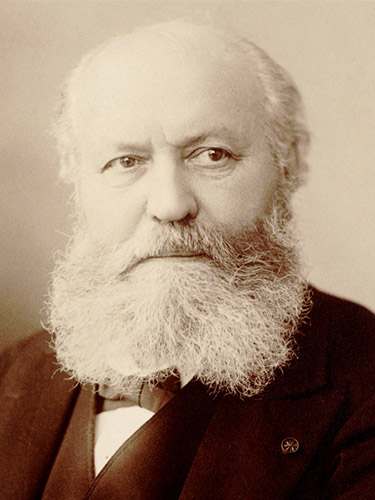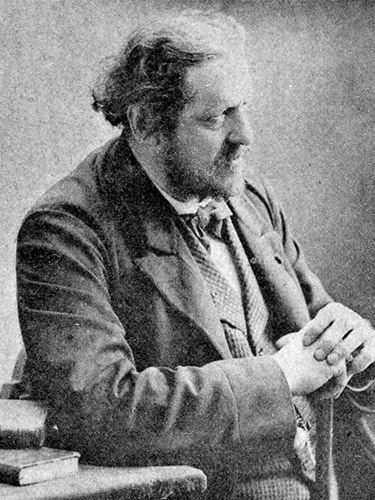
Faust
Welcome to Lyric's learning resources!
This is your all-access pass to the world of opera and musical theater. Scroll down to access the following resources to help you learn more.
Overview
Musical Highlights
Historical and Cultural Timeline
Composer and Librettist Biographies
Overview
This Google Slides presentation covers essential information your students need to know about the opera.
Act 2: “Avant de quitter ces lieux” (“Before leaving this place”)
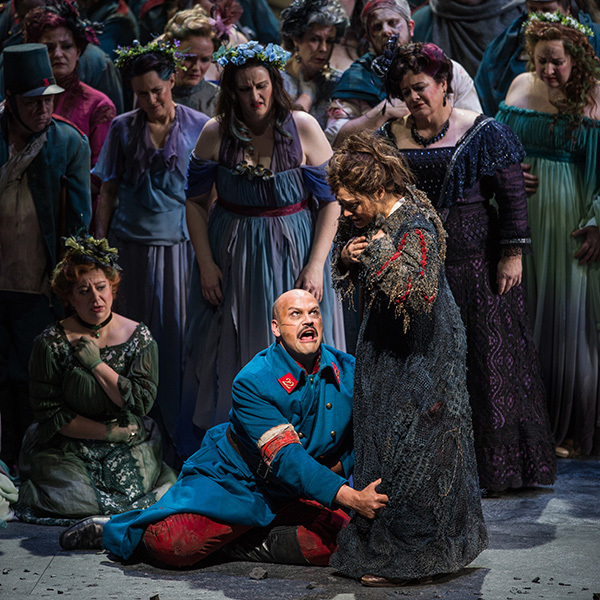
Valentin, a soldier, has been called off to war. He is not worried about what will happen to him in battle, but he is concerned for the wellbeing of his sister, Marguerite, while he is away (or if he dies). This aria is a prayer of protection for her.
Things to listen for:
- As Valentin is asking for protection for his sister, his melody is played by the flute.
- At end of the excerpt when Valentin sings “protéger de tout danger” (protect from danger), each syllable is separated. The string section separates their notes, too. (This is the first rest in the aria for the violins and violas!) Why do you think Gounod made this melodic change?
Act 2: "Le veau d'or est toujours debout!" (“The calf of gold is still standing!” or The Song of the Golden Calf)
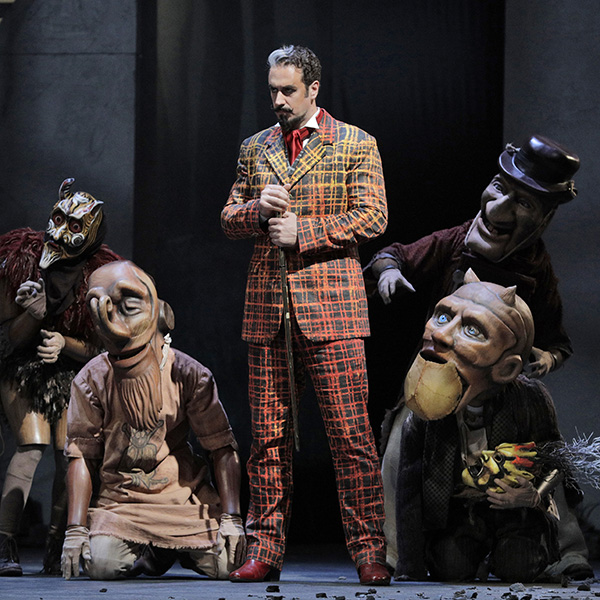
Sung by Mèphistophélès
Appearing in the midst of a celebration, Mèphistophélès provides wine to the crowd and sings a song about greed and how men are so susceptible to it. The crowd joins him in singing as he declares that Satan is the one controlling it all.
Things to listen for:
- The aria opens with a repeated 5-note figure in the woodwinds and stings. These high and fast notes are meant to mimic the flickering flames of hell. This pattern returns when Mèphistophélès sings about Satan.
- 35 seconds into the excerpt, the melody and accompaniment becomes longer and hymn-like. It sounds very similar to a well-known Christmas carol. Can you identify it? Why would a demon sing in this manner?
Act 3: "Salut! Demeure Chaste Et Pure..." (“Hail, dwelling chaste and pure”)
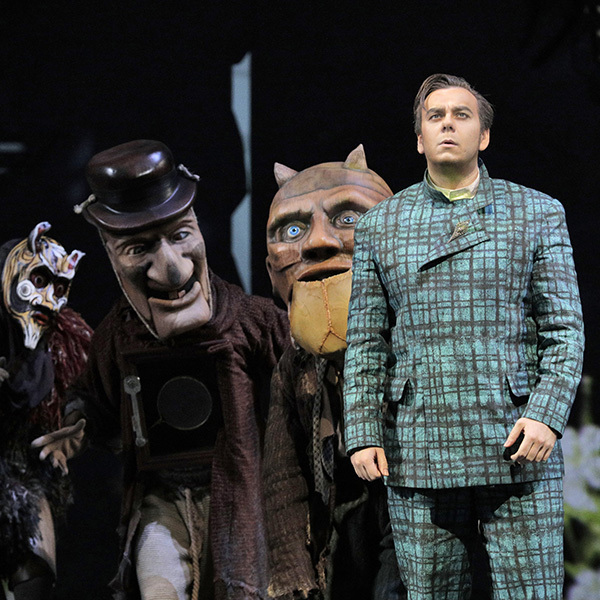
Sung by Faust
As Faust approaches Marguerite's house, he is struck by the pure, humble nature of dwelling and the innocence of the woman who lives inside.
Things to listen for:
- There is a violin “countermelody” that interacts with Faust’s melody. Listen for how this “countermelody” both finishes and leads into each phrase Faust sings.
- In the second part of the aria, as Faust thanks nature for Marguerite, he refers to her as a child. This hints to the fact that despite his youthful look, Faust remains an old man inside.
Act 3: "Ah, je ris de me voir" (“Ah, I laugh to see myself” or The Jewel Song)
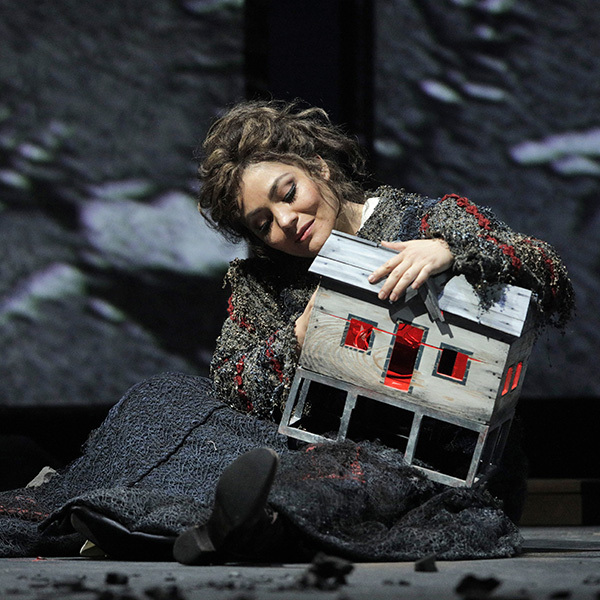
Sung by Marguerite
Faust and Mèphistophélès have left a box of jewels at Marguerite’s door. She has never had jewelry before and, at once, tries them on. As she looks at herself in the mirror, she imagines that others do not recognize her and believe that she is a princess.
Things to listen for:
- When Marguerite asks herself who is in the mirror (“Est-ce toi”), the notes are ascending (with a sense of anticipation). When she replies that it is not Marguerite (“ce n'est plus toi!”), the notes descend (with a sight sense of sadness).
- Marguerite later sings that the woman in the mirror is a princess (“la fille d'un roi”), and her music ascends again, but in a scalar fashion. The flutes continue the scale after her, and don’t descend.
Act 4: "Deposons les armes" (“Let's lay down our weapons!” or The Soldiers' Chorus)
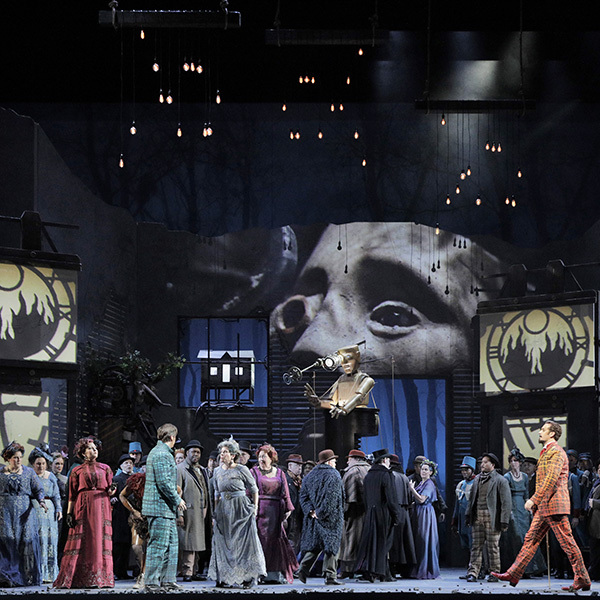
Sung by the chorus
Valentin's company is returning from war. They are glad to be able to go home to their mothers and sisters.
Things to listen for:
- This piece starts with the orchestra playing softly with few instruments. As the piece progresses, more instruments are added and the orchestra plays louder. It sounds as if the orchestra is in the distance and is marching closer and closer.
- When the chorus enters, they sing fortissimo (Italian for loudly), and soon thereafter they sing softly and with more expression. Why is there this stylistic change?
Historical and cultural timeline
Learn more about this opera and events in the world at the time it was written.
Photos: Cory Weaver, Lyric Opera of Chicago
